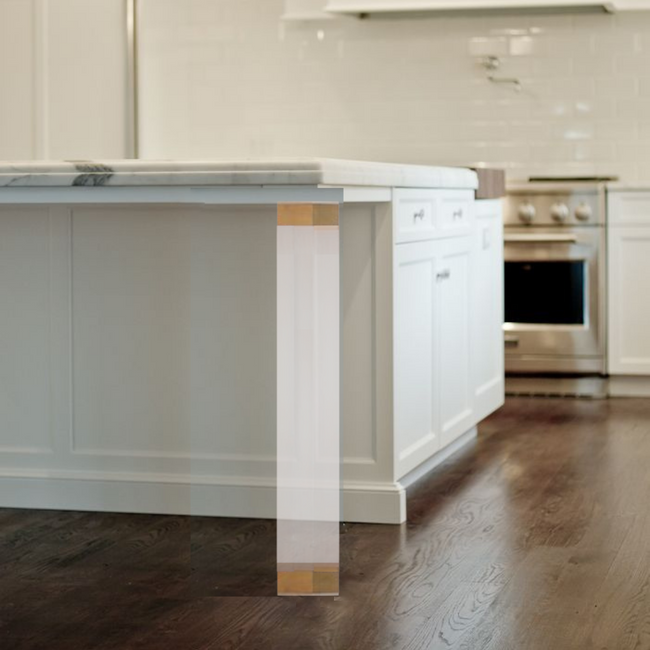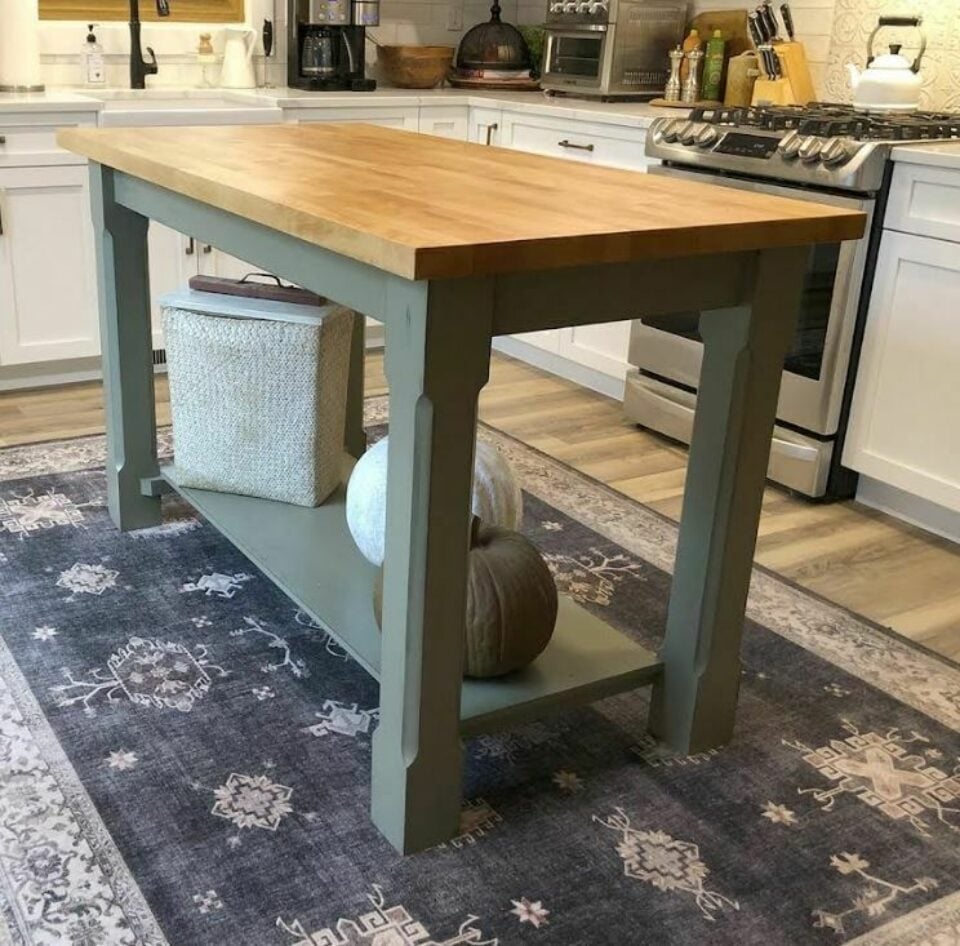Just how to Set Up a Kitchen Island Leg for Maximum Security and Design
Just how to Set Up a Kitchen Island Leg for Maximum Security and Design
Blog Article
The Significance of a Sturdy Kitchen Area Island Leg in Creating a Functional Food Preparation Location
A durable kitchen island leg offers as a basic part in developing a useful cooking setting, offering necessary support for both the counter top and numerous kitchen tasks. As kitchen areas evolve into multifunctional locations for food preparation, eating, and socializing, the option of products and style factors to consider for island legs becomes progressively vital.
Benefits of Sturdy Island Legs
Giving necessary assistance, sturdy cooking area island legs play a critical role in improving the capability and toughness of cooking area islands - kitchen island leg. These legs not just bear the weight of the kitchen counter and any additional items placed on the island, but also add to the overall security of the framework. A well-supported cooking area island makes certain that it continues to be useful and upright, also under hefty use, which is particularly crucial in busy cooking area environments
In addition, sturdy island legs can enhance the aesthetic appeal of the cooking area. They provide a strong structure that can complement numerous layout styles, from modern to conventional. This flexibility enables house owners to tailor their kitchen area islands according to individual preference while making sure that the structural stability continues to be uncompromised.
Along with their encouraging duty, robust kitchen area island legs can likewise improve safety. A steady island lowers the danger of crashes triggered by wobbling or tipping, which is particularly crucial in homes with children or elderly people. Moreover, solid legs can facilitate a seamless circulation of tasks, permitting for effective dish prep work and social communications within the kitchen area area. Ultimately, purchasing sturdy kitchen island legs is crucial for a useful and aesthetically pleasing cooking area.
Materials for Kitchen Area Island Legs
When selecting products for cooking area island legs, durability and aesthetic allure are important elements to think about,. The most common materials include wood, steel, and crafted timber, each offering unique advantages.
Wood, such as maple, cherry, or oak, is a traditional selection as a result of its strength and ageless elegance (kitchen island leg). It can hold up against significant weight and is immune to put on, making it suitable for high-use kitchen area environments. Additionally, wood can be discolored or painted to enhance numerous kitchen designs
Steel legs, often crafted from stainless-steel or functioned iron, supply a industrial and contemporary look. They are incredibly strong and can support considerable loads while being immune to dampness and warmth, which is advantageous in a cooking location. Metal legs can additionally be conveniently cleansed, enhancing their practicality.

Style Factors To Consider for Stability
The option of products for my blog kitchen area island legs straight influences the layout factors to consider for security. When creating a cooking area island, it is critical to assess the weight-bearing capability of the chosen products. Much heavier products, such as solid timber or steel, generally give greater stability, especially under the anxiety of day-to-day usage.
Furthermore, the leg design should integrate appropriate geometry to improve security. A larger base boosts the support area, lessening the risk of tottering or tipping. Factor to consider should likewise be provided to the elevation of the legs; disproportionate leg lengths can cause imbalance, jeopardizing the general stability of the island.
Additionally, the distribution of weight across the island is essential. Ensuring that the leg positioning lines up with the heaviest parts, such as countertops and appliances, will additionally boost security.
Maintenance Tips for Longevity

Cleansing is one more important aspect of upkeep. Depending upon the material of the legs-- whether timber, steel, or composite-- suitable look at this site cleaning approaches ought to be utilized. For wood legs, a mild clean with a moist towel and an appropriate wood cleaner will aid protect their surface. Metal legs may call for a light gloss to prevent rust and keep their radiance.
In addition, tightening up screws and screws routinely can make certain security and avoid wobbling. If the kitchen area island experiences heavy use, think about enhancing the legs with added brackets or sustains to enhance toughness. Finally, using a safety coating or sealant can secure against moisture and spots, prolonging the life-span of the legs. By following these upkeep pointers, homeowners can ensure their kitchen area island legs remain robust and useful for years ahead.
Selecting the Right Leg Style
Routine upkeep ensures that kitchen island legs stay tough and functional, but picking the appropriate leg style is similarly vital for both visual appeals and support. The choice of leg design can considerably affect the general layout and harmony of your cooking area.

Capability is one more critical aspect. Thicker legs or those with a durable base can sustain much heavier counter tops and tools, enhancing the island's utility. Conversely, slim legs might create a ventilated look, ideal for lighter layouts yet possibly much less encouraging.
Conclusion
In summary, the significance of tough kitchen area island legs can not be overstated in the development of a functional cooking area. These legs provide important assistance, enhance stability, and add to the general visual of the kitchen area. By very carefully picking appropriate materials and styles, in addition to applying appropriate maintenance methods, the longevity and performance of kitchen islands can be made sure. Inevitably, buying durable island legs is essential to attaining a efficient and secure cooking atmosphere.
A strong kitchen island leg serves as a basic component in establishing article a useful food preparation environment, giving required support for both the countertop and numerous kitchen area tasks.Providing crucial support, tough kitchen island legs play a crucial function in improving the capability and sturdiness of cooking area islands. Inevitably, investing in tough kitchen island legs is important for a useful and aesthetically pleasing cooking area.
Consideration must likewise be offered to the height of the legs; out of proportion leg sizes can lead to inequality, endangering the general stability of the island.
Wooden legs give heat and a traditional appearance, while metal legs supply a contemporary and industrial feel.
Report this page